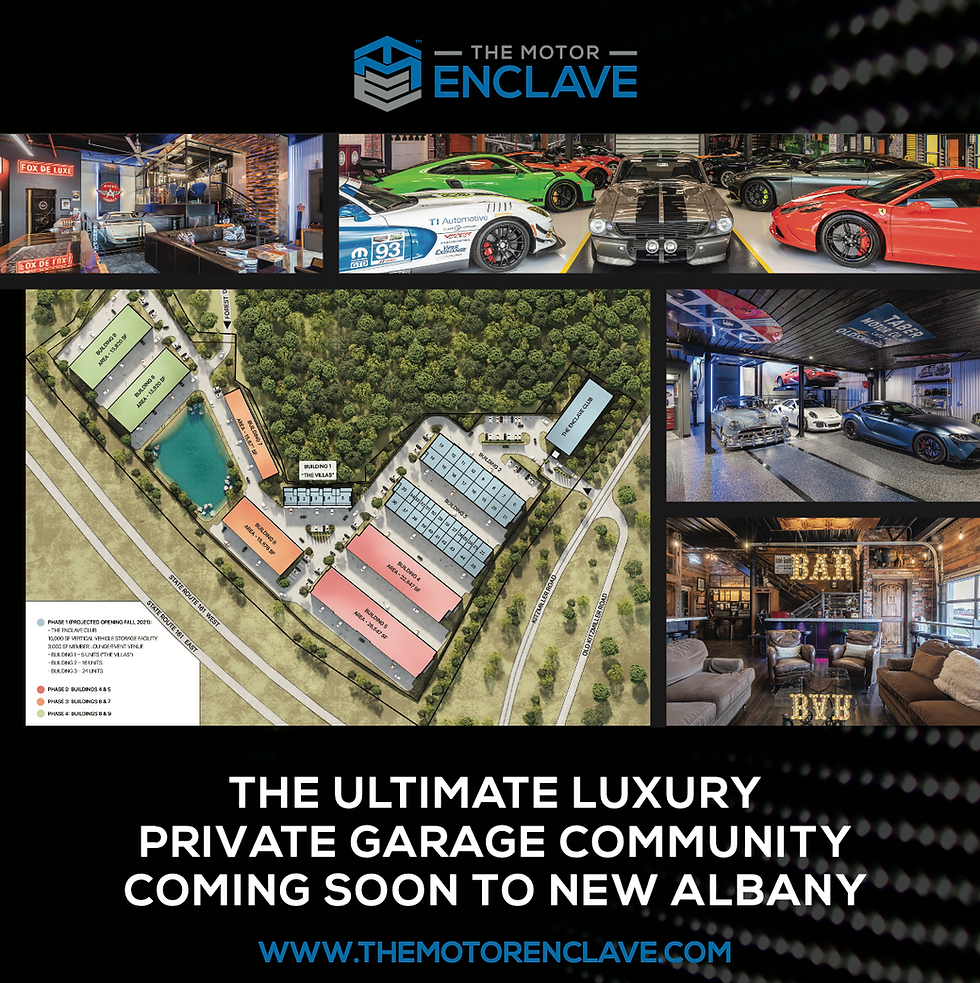Past, Present and Future
- Jan 6, 2022
- 4 min read
An interview with artist Sheppard Morose who reflects on the multi-generational significance of creating and appreciating art. Artist Sheppard Morose with the dye sublimation prints she created for the JCCA of Kansas City and Omaha.
Written by Bridget Williams
Sheppard Morose strongly believes that art is much more than just pleasing to the eye. “Great art lasts lifetimes, and I'm challenged to create art that meets that standard,” she said. Read on to see how the St. Louis-based artist has created a unique niche creating bespoke pieces for clients in both the public and private sector.
SL: Tell us about your background.
SM: I came to fine art through the back door of an advertising and graphic design career. Not only was I was able to learn the fundamentals of design from the working professors at the University of Illinois and the School of the Art Institute of Chicago, but I was also able to experience a glimpse of how the corporate world works.
My Mom was a fine art major, and my Dad is a civil engineer, so we always had plenty of art supplies and examples of beautiful, functional design all around us growing up. I remember conversations with my Mom in our garden where she described the colors and textures of the plants, sky, and landscape in fascinating detail. She was coaching me to have an "artist's eye" at a very young age and I'm grateful for that. Modern masters like Alexander Calder, Ellsworth Kelly, Henri Matisse, Mies Van der Rohe, Pablo Picasso and Helen Frankenthaler help inform me of complex color combinations and composition. Frankenthaler pioneered what came to be called "color field painting," a style of abstractionism emergent in New York City midway through the 20th century, and she's been a key influence.
SL: How would you define your style, and has it evolved over the years? Do you have any unique methods that you employ when creating art?
SM: I think I'm known for my bright, bold abstract work that's showing up in corporate collections across the country and my nature-inspired original paintings for healthcare spaces and homes. It's usually the color that moves my audience. I often put contrasting colors right next to each other to pack an extra punch. I use soothing muted colors for spas or hospitals, often green or "nature's neutral" that serve as a backdrop for healing. It's a privilege to participate in a profession that serves others.
My strength lies in working directly with CEOs, architects, and interior designers to help create interiors that uplift and engage. Some of my installations stretch three stories high as my digital files can be enlarged and printed, keeping their crisp resolution.
I use two main processes to create my work. In the first, acrylic paint is applied layer after layer as tints or sold colors. As the layers build, texture is often created. I use traditional paintbrushes and what I call "kinetic" paintbrushes, which are large industrial mops that I've trimmed to unique shapes and move or swing as I use them. Palette knife paintings have been innovative solutions where there is excellent lighting and a need for texture.
The second method is dye sublimation printing. Once I create the image, typically on my Mac, there is a high heat transfer of powdered pigments that are permanently bonded with aluminum, then coated with a polymer that protects the art, so it wears like iron. This is perfect for public spaces as the color never fades, and the surface is protected.
SL: What does art, particularly a custom piece, contribute to a space?
SM: It brings individual expression. When April Jensen, a St. Louis designer, and her client needed art to serve a real function within her interior design concept, we created custom art pieces that made the client feel calm and peaceful in her home. Something many of us need in a busy world.
When the JCCA of Kansas City and Omaha remodeled and expanded their spaces, they envisioned Centers where people could be active and engaged, accented with natural light and colorful artwork. We used glossy, reflective dye sublimation prints to accomplish this goal.
SL: What does art mean to you?
SM: Art is powerful. Throughout history, it documents unforgettable events and the natural world. Species that are extinct live on through the botanical renderings from artists' past. Art is healing. Scientific studies prove that natural images and colors will lower blood pressure, reduce stress and elevate mood. Research also shows that patients exposed to art during a hospital stay heal quicker and have a better overall experience. Art is an avenue for communication for those who use it as therapy. This process helps one to re-experience emotions and organize feelings around an overwhelming experience. Art is a study of mathematics. I use the Golden Ratio; the ratio is 1 to 1.618, also called Phi, to determine proportions and break up space. Artists and designers have been using this ratio since the beginning, and it occurs in nature repeatedly. (Photos of color block pieces.) Art explores the latest technology. For example, NFTs or 'non-fungible tokens' are unique digital certificates stored on a blockchain and have certain ownership rights in an asset, typically a digital one. What an exciting time in art history!
The challenge for designers today is to create surroundings at home and work to support individuals' communal, mental, and physical needs within the space. Art is often part of the solution.
To learn more, visit sheppardmorose.com





















Comments